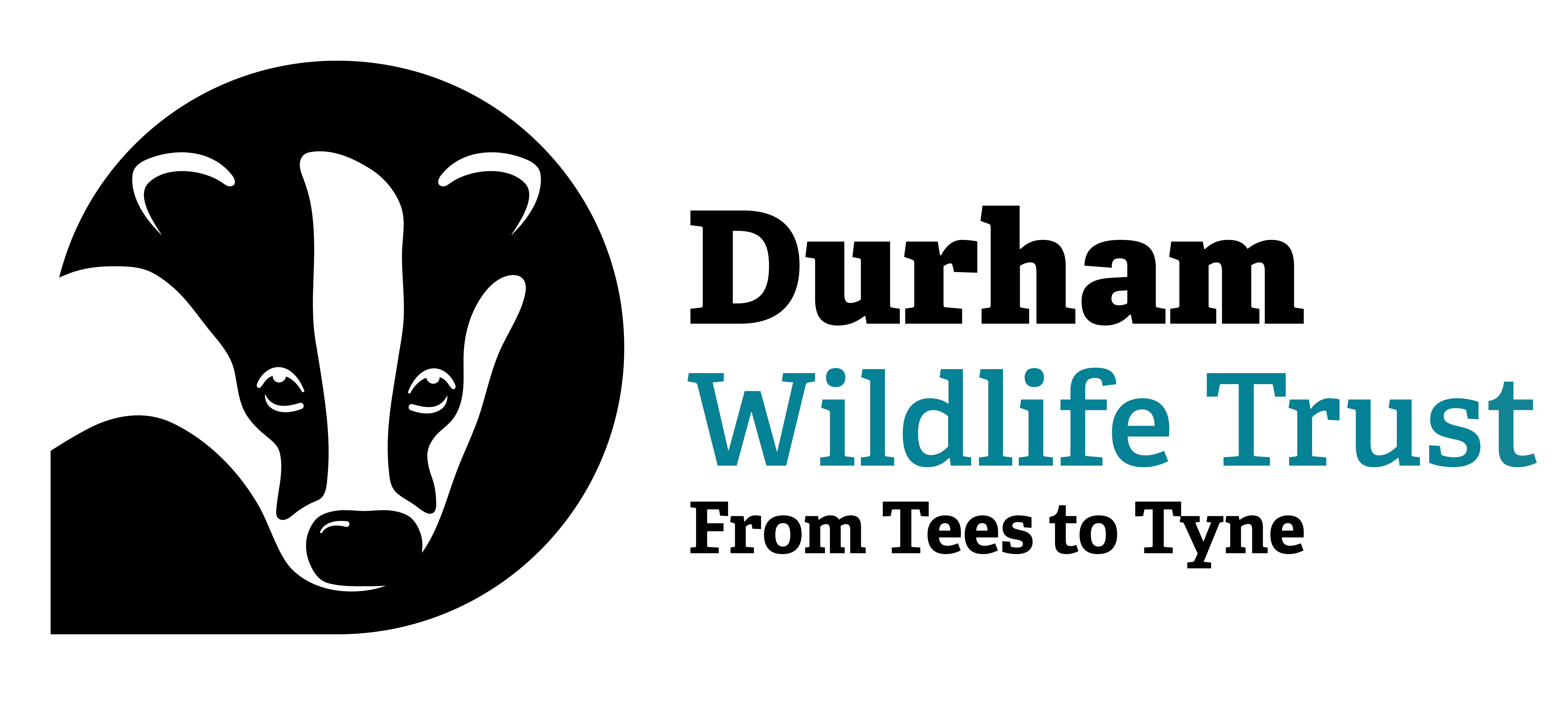Search Results
Two Little Owl chicks sitting on a branch. Credit: Hilary Chambers
Search
What animal poo is this?
Common sexton beetle
The Common sexton beetle is one of several burying beetle species in the UK. An undertaker of the animal world, it buries dead animals like mice and birds, and feeds and breeds on the corpses.
Sea mat
These mat like growths found on kelp and seaweed are actually colonies of tiny individuals animals.
Daisy anemone
It is easy to be confused by these flower-like animals with flowery names! The ‘daisy’ anemone is one of the larger UK anemone species!
Hornwrack
Hornwrack is often found washed up on our beaches, with many believing that it is dried seaweed. In fact, it is a colony of animals!
Shore clingfish / Cornish sucker
One of the most bizarre fish to find on the rocky shore, the clingfish appears an assortment of different animals stuck together!
Razor shell
Their long narrow shells are a common sight on our shores, especially after storms, but the animals themselves live buried in the sand.
Twin fan worm
Worms in the sea are anything but dull and this fan worm, resembling a Catherine wheel, is a perfect example of the intricate beauty these animals possess.
Hibernation – wildlife’s winter survival strategy
The Wildlife Trusts’ youth activism manager, Arran Wilson, draws on his background as a lecturer in zoology to explore what exactly hibernation is, and which animals rely on it to get through…
Star ascidian
One of the most eye-catching sights on the rocky shore, this mind-boggling species resembling a collection of beautiful pressed flowers is actually a colony of individual animals!
Citizen scientists wanted to help record UK’s mammal activity
Citizen scientists are being urged to help chart UK mammal activity so researchers can better understand how animals are coping with ecological challenges such as climate change.
